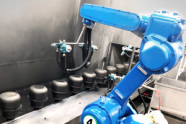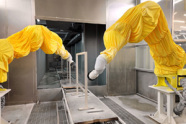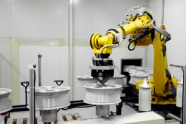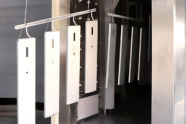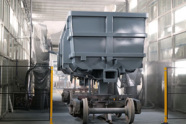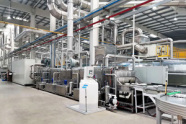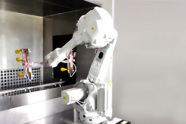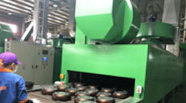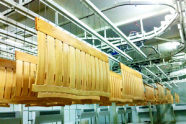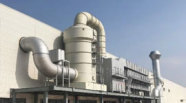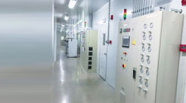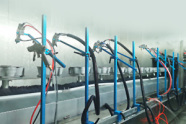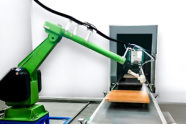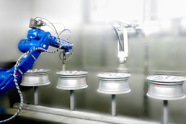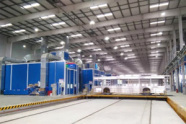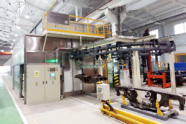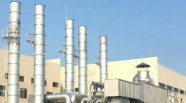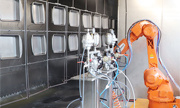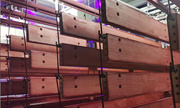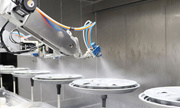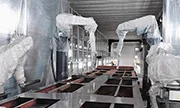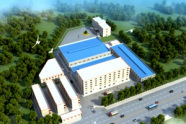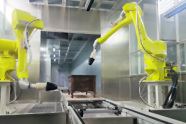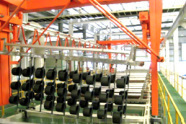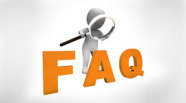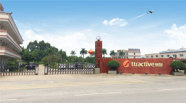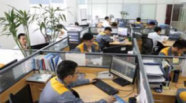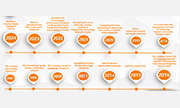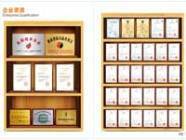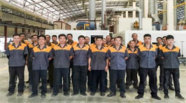All categories
Related News
24
2025
-
10
How to solve uneven coating on complex-shaped workpieces?
Author:
Chuangzhi Coating
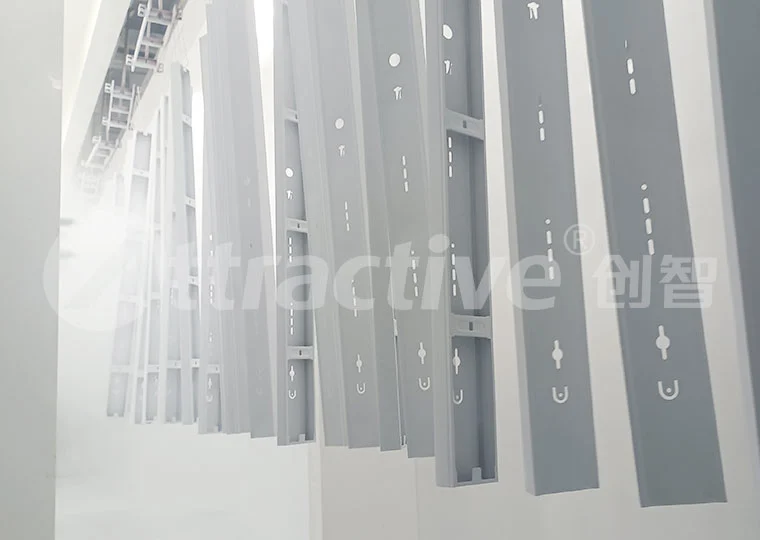
1. 3D Vision-Guided Spraying: Let Spraying "See" Every Detail
- High-precision scanning: Using laser profilers and industrial cameras, 2000 frames of workpiece images are collected per second to generate a 3D point cloud model with a precision of ±0.1mm, clearly restoring details such as groove depth and curved surface radian (e.g., the concave structure of automobile door handles, the undulation of furniture carving patterns);
- Intelligent path generation: Based on the 3D model, AI algorithms automatically plan the optimal spraying path, increasing the spray gun residence time (0.5-1 second) for groove areas and reducing paint output (30% lower flow) for edges and corners, ensuring that each structure matches exclusive spraying parameters;
- Real-time calibration: During spraying, the vision system compares the deviation between the actual workpiece and the model 10 times per second. If position deviation occurs due to conveying vibration (within ±1mm), the robot trajectory is immediately corrected to avoid missing spraying caused by positioning errors.
2. Multi-Axis Robot Workstations: Flexibly Adapting to Complex Structures
- 7-axis linkage spraying: Equipped with 7-axis robots (with an additional rotating axis), the spray gun can rotate ±180° and pitch ±90°, easily reaching deep cavity structures (such as tubular holes of agricultural machinery parts). The spraying distance is stably controlled at 150-200mm, avoiding excessively thin coating caused by too long distance;
- Multi-gun collaborative operation: For large complex-shaped workpieces (such as subway seat brackets), 2-4 robots are configured for collaborative spraying, each responsible for specific areas (e.g., left curved surface, right hollow area). The central system synchronizes trajectories to avoid repeated spraying or missing, controlling coating thickness deviation within ±5μm;
- Flexible tooling assistance: Cooperating with reversible tooling fixtures, the workpiece can rotate 360° during spraying, fully exposing hidden areas such as the bottom and back, solving the industry pain point of "uneven back coating".
3. Electrostatic Field Optimization and Process Customization: Enhancing Uniform Coating Adhesion
- Zoned electrostatic adjustment: Integrating multiple sets of electrodes in the electrostatic spray gun, the workpiece is divided into areas (edges, planes, grooves) according to the 3D model, and the voltage of each area is automatically adjusted (50-80kV adaptive), ensuring that the electric field strength in grooves is increased by 20% to enhance the adsorption of powder or liquid coatings;
- Atomization parameter adaptation: For curved workpieces, "low-pressure high-flow" atomization mode (0.3MPa pressure, 300ml/min flow) is adopted to make coating particles finer (50-80μm), evenly adhering to curved surfaces; for hollow structures, "high-pressure low-flow" mode is switched to reduce coating waste through hollow parts;
- Preheating-assisted curing: For metal complex-shaped parts, local preheating (60-80℃) is performed before spraying. The thermal expansion effect makes the surface tension of the workpiece uniform, avoiding uneven coating shrinkage caused by material stress, especially suitable for complex workpieces with thick-thin wall joints.
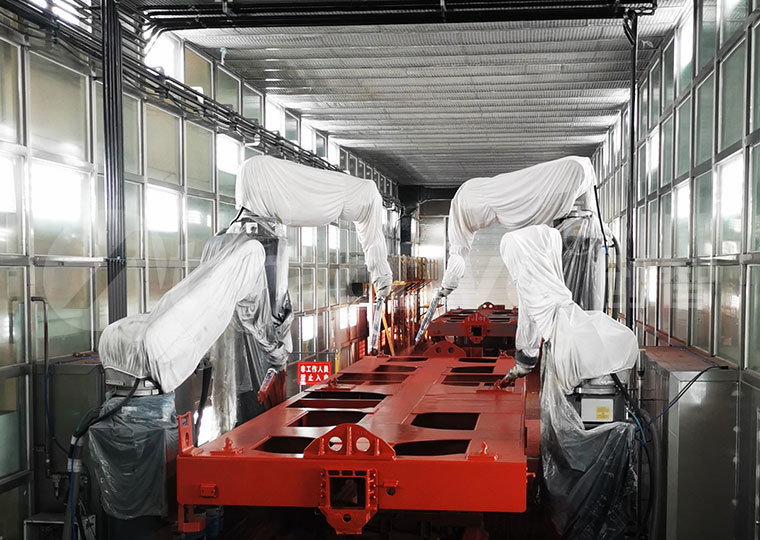
4. Industry-Specific Solutions: Full-Chain Support from Demand to Implementation
- Automotive industry: For plastic complex-shaped parts such as bumpers and instrument panels, a combination of "3D vision + 6-axis robot + water-based coating dedicated spray gun" is adopted, balancing environmental protection and uniformity of complex curved surfaces to meet weather resistance requirements;
- Furniture industry: Customized "low-pressure spraying + infrared leveling" process for carved solid wood parts, avoiding coating accumulation in patterns while maintaining the clarity of wood texture;
- Hardware industry: For multi-angle bracket workpieces, "rotary tooling + multi-gun layout" is configured to achieve one-time spraying coverage of all edges and corners, increasing production capacity to 3 times that of manual spraying.
Conclusion
Previous
Next Page

